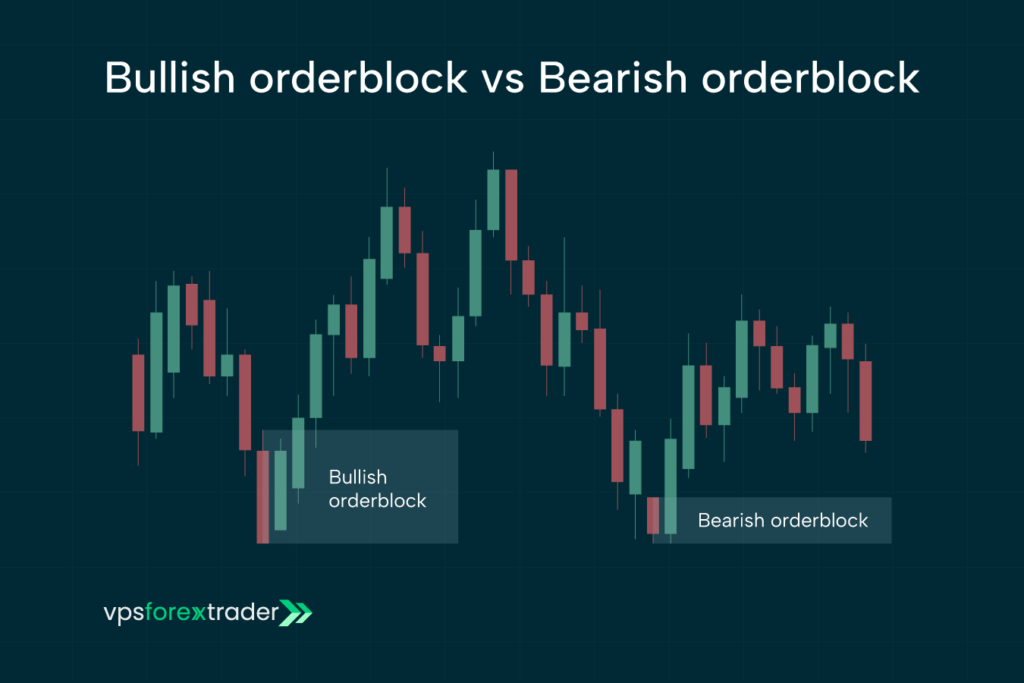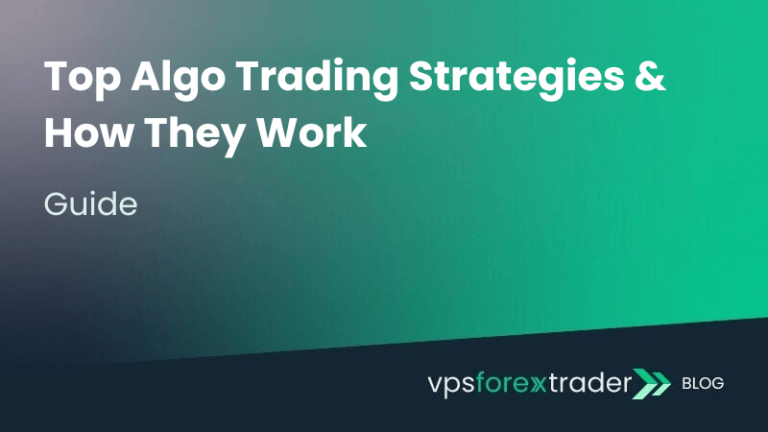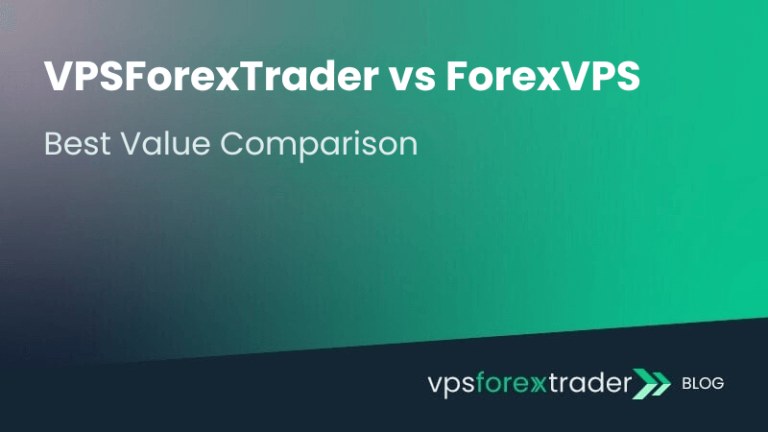Everything a trader does in Forex trading is summed up by one thing – trying to predict potential price movement using different clues. One of such clues is order block trading. This strategy involves trying to identify specific areas on a trading chart where big players in the market (also known as institutional traders) have placed a significant number of buy and sell orders.
These order clusters can have significant impacts on market sentiment, liquidity, and price movement, which can give you insights on how to place your next trade. To support continuous chart monitoring and ultra-low-latency access when working with institutional-level concepts like order blocks, many traders deploy a dedicated forex VPS for stable infrastructure. In this piece, we look at order blocks in trading, how to find them on charts, and how to use them in your trades.

What is an Order Block in Trading?
Let’s begin with definitions, what is an order block in trading and how does it work?
Order blocks zones on a trading chart where big players (Like banks and other institutional investors) have placed a lot of buy or sell orders. These institutional investors often split large orders into smaller ones so they don’t affect the market adversely. These smaller trades happen over time as opposite orders build up. This strategy allows them to fill large orders without causing a sharp price change.
Since such order blocks tend to attract significant price action, investors trading price action can watch out for them as indicators of potential support or resistance levels on the price chart. It is also possible to use order blocks as a way of gaining insights into current market trends in order to identify trading opportunities.
To use order blocks in trading, you need to identify areas characterized by significant buying and selling interests. You can then use this to make decisions about when you need to enter or exit trades.

How Order Blocks Impact the Forex Market
Clusters formed by order blocks at specific price levels can influence price movement in a trading market in different ways. With forex blocks, there’s a large concentration of orders waiting on their turn to be executed. As a result, this area acts as a turning point where the direction of price movement can be changed.
The large number of buy or sell orders concentrated at this price level creates a strong support and resistance zone on the chart. As price approaches these levels, the large orders that are concentrated there will absorb the buying or selling pressure depending on the nature of the order. This can cause prices to either reverse or consolidate as the case may be.
Apart from their impact on pricing, an order block in forex can also affect liquidity as they’re often big enough to absorb all the available liquidity in the market, resulting in a temporary imbalance in demand and supply. It can also be used to determine the market sentiment since it shows the sentiment of large market players who often have access to better information compared to other traders.
Identifying Order Blocks: Tips and Examples
To spot an order block, you must carefully study charts. On the chart, it looks like a zone where price flips because big buyers or sellers step in. On the chart, an order block looks like a range in which price reverses due to the buying or selling pressure of institutional investors. Then price returns to the zone and finally exits it, changing its original direction.
Generally, you should look out for an engulfing pattern on the chart to spot an orderblock, then observe how the price behaves, relative to this range. This is a candlestick pattern that shows a market reversal. This type of pattern is created by two candles where the second candle is larger than the first and covers it.

Some tips for identifying order blocks are listed below:
- Look out for areas on the chart where the price is consistently reversing or stalling. This suggests a strong support or resistance level.
- Use indicators such as RSI or MACD to detect overbought or oversold conditions. This could signal a reversal near critical levels.
- Monitor trading volumes. This allows you to determine the intensity of buying or selling at a specific price point.
- Look out for areas where there’s price consolidation or ranging. This indicates areas where the market is starting to gather momentum for a potential breakout.
- Look out for broader market trends and key support/resistance levels. This can help identify potential areas of orderblocks formations.
Using Order Blocks in Forex Strategies
Now that you know what is order block in trading, how do you make use of this strategy? Generally, traders use order blocks to find strong support or resistance areas on a chart. These serve as great points to enter or exit trades depending on the nature of the market. The following are important order block forex strategies that you should know:
- Identify order blocks: the first step in trading with order blocks is identifying them. To do this, traders typically look out for price zones that show significant buying or selling activities. These zones indicate clusters of orders from institutional investors.
- Confirmation: the next step is to confirm the identified order block. This involves waiting for the price to return to this level and looking out for confirmation signals including strong reversal patterns or price movement.
- Enter a trade: if the block order is confirmed, traders can proceed to enter a trade in the projected direction of the price movement. For instance, if the order block is a support level, then the trader might buy with the hope of rising prices.
- Risk Management: There’s a need to manage risks when trading with order blocks. Traders need to set stop loss levels below the order block when entering long positions or above it for short positions. Take-profit levels should also be set based on the projected price movement.
Common Mistakes When Trading Order Blocks
Order block trading is a potentially powerful trading tool. Still, it needs skill and care to spot, check, and trade them well. Common errors to avoid include:
- Using only order blocks: To get the best results, pair order blocks with other tools like RSI, moving averages, or MACD.
- Inaccurate identification: It’s not enough to know what are order blocks, you also need to learn how to study charts and practice how to identify order blocks accurately.
- Ignoring the broader market context: In trading, the big market picture matters most. Look at trends, news, and economic facts to make better choices. Going against the main market trend makes trades riskier.
- Entering too early: Before entering a trade with order blocks, wait for the price to return to the order block level, as jumping in too early can lead to you trading based on false signals.
- Overleveraging: Do not risk too much of your capital on a single trade no matter how confident you are in the signal.
Timeframe Selection and Multi-Timeframe Analysis
One of the biggest challenges traders face with order block strategies is choosing the right timeframe. Some fixate on low timeframes looking for constant setups, while others rely only on higher timeframes and miss opportunities to refine their entries. The truth is, order block trading works best when timeframes are used in combination-each serving a distinct purpose.
Higher Timeframes: Set the Bias
Start by looking at the weekly, daily, or 4-hour charts. These timeframes reveal the broader market structure and help you identify the most significant order blocks-zones where institutions have likely placed large orders.
These blocks tend to be more reliable because they represent decisions made on large volumes. When price approaches one of these higher timeframe zones, it often reacts strongly, sometimes reversing direction entirely. If a weekly or daily order block holds, it can influence price movement for days or even weeks.
Use these higher timeframes to answer the bigger questions:
- Is the market trending or ranging?
- Where are the major unfilled orders likely sitting?
- Should you be looking for longs or shorts?
This sets your directional bias.
Lower Timeframes: Fine-Tune Your Entry
Once you’ve identified a significant order block on a higher timeframe, drop down to the 1-hour, 15-minute, or 5-minute charts to refine your entry. This is where you look for confirmation:
- Does price begin to stall or wick at the higher timeframe zone?
- Is there a short-term structure break or market shift that supports your bias?
- Can you spot a smaller order block, fair value gap, or mitigation point that aligns with the broader move?
Lower timeframes are not about finding new direction-they’re for precision. They help you get tighter entries, better risk-to-reward, and clearer stop placement.
Best Practice: Top-Down Approach
The most effective way to use order blocks is with a top-down analysis approach:
- Start on a higher timeframe (e.g. daily) to find the key zones and market bias.
- Move to a mid-level timeframe (e.g. 4H or 1H) to see how price is approaching those zones.
- Drop to a lower timeframe (15M, 5M) to watch price action as it interacts with the zone and to pinpoint your entry.
This layered approach helps you avoid false signals, improve trade timing, and stay aligned with the market’s bigger picture.
Combining Order Blocks with Other Technical Tools
Order blocks can be powerful on their own, but when used alongside other technical tools, they become even more effective. The goal isn’t to crowd your chart with indicators, but to find areas of confluence – when multiple methods point to the same zone, the probability of a successful trade often increases.
Below are three of the most practical and proven tools you can use in combination with order blocks:
Support and Resistance Levels
Support and resistance zones remain one of the most widely used concepts in trading. When a well-defined order block aligns with a clear horizontal level, it becomes a high-interest zone worth paying attention to. For example, if a bearish order block forms just below a previously established resistance line, that overlap adds weight to the idea that price may reverse from that area.
Look for these overlaps:
- An order block sitting just above a prior support level that broke and is now acting as resistance
- A demand zone that aligns with a key round number or previous daily low
These scenarios show that multiple types of traders are likely watching the same level – which usually means more liquidity and stronger reaction potential.
Trend Lines and Channels
Trend lines and channels help define the broader market structure. When an order block forms along a respected trend line, it can offer extra confirmation that price is respecting that trend – and that the block may act as a strong continuation or reversal point.
Examples include:
- A bullish order block aligning with the lower boundary of an ascending channel
- A bearish order block forming near the upper edge of a descending trend line
Combining these tools helps filter out weaker setups and gives you more confidence in the ones that remain.
Technical Indicators
While price action should remain your primary focus, certain indicators can help confirm or reject setups based on order blocks.
Some practical combinations include:
- RSI divergence at an order block, suggesting momentum is weakening in the current direction
- MACD crossovers that align with a market structure shift following a liquidity sweep
- Volume spikes at an order block that indicate institutional activity
These indicators aren’t meant to be used in isolation, but when they line up with a clean order block setup, they add an extra layer of confidence.
The best setups often come when multiple tools converge at the same level. A bearish order block sitting at a broken support-turned-resistance zone, confirmed by trend structure and momentum divergence – that’s a trade worth watching. By combining order blocks with tried-and-true tools like S&R, trend lines, and momentum indicators, you move from guessing to building structured, higher-probability trades.
FAQs About Order Blocks in Trading
What is an order block in trading?
What is a order block in trading? An order block is a point on a trading chart that indicates zones where big traders place many buy or sell orders. It can act as a support or resistance level and help predict price changes.
How do order blocks work in the Forex market?
In the forex market, groups of orders or order blocks can change how prices move, affect liquidity, and sway market feelings. Because of this, they help spot price turns and find places to start or end trades.
What is the difference between order blocks and support/resistance levels?
To differentiate between these concepts, let’s define what is order block in forex. An order block is a point on a chart where big traders put many buy or sell orders. It can act as a support or resistance level and help predict price changes. Support/resistance levels on the other hand are areas where price bounced back and forth. An order block can be used to identify support and resistance levels, but they’re not the same.
How can I identify an order block?
On a chart, an order block is seen when a few candlesticks show an engulfing pattern. The price should break out of this range, then return within the range and rebound to mark the start of a new trend.
Are order blocks a reliable trading strategy?
Trading with forex order blocks is a great strategy as these blocks offer valuable insights into market dynamics. However, like every other technical tool, order blocks are not infallible. It is best to combine them with other indicators and implement risk-management measures to prevent losses.
What are the best tools for order block trading?
To use a block trading strategy, RSI or MACD can be used to detect overbought or oversold conditions. Volume indicators are also useful for identifying spikes in trading activities. Tools like Fibonacci retracement levels and support/resistance lines can be used to pinpoint order block zones.
How does order block trading compare to other technical strategies?
Order block trading focuses on the activities of institutional investors and their potential impact on market movement. This makes it different from other trend-following tools that focus primarily on price action. This strategy places a strong emphasis on demand and supply, with traders entering trades by anticipating price reversals caused by high supply or demand. Order block analysis is quite flexible and it can be applied across various timeframes and markets. This makes it a more adaptable strategy compared to other tools.




